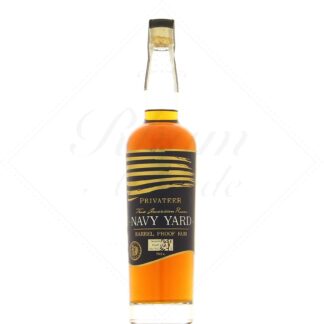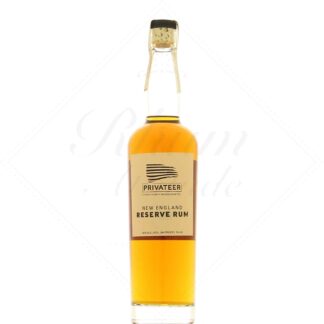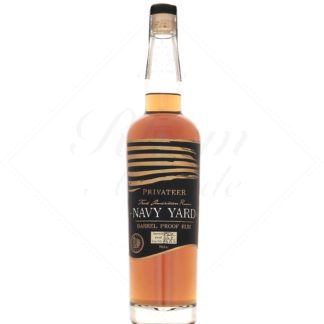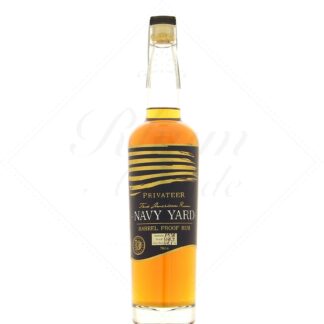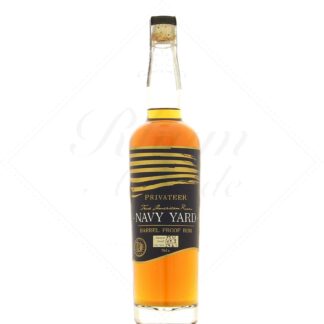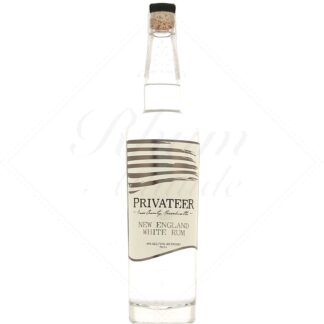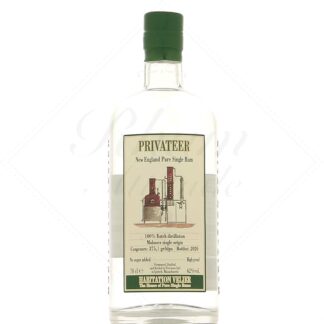Privateer

The Privateer story
Leum in New England
As far back as the 17th century, North American settlers were fond of spirits. However, the climate of their lands did not lend itself particularly well to local brandies, and the brandies imported from the Old Continent were particularly expensive.
That's when they discovered a new brandy - rum. rumfrom Barbadosanother English colony. They quickly became great consumers, and then also great producers. Dozens of distilleries sprang up, importing molasses from the Caribbean and Central America.
At the turning point of the War of Independence and the creation of the United States, rum played an important role in the emancipation of the colonies. It went on to become the national spirit, only to be challenged and replaced by bourbona more local raw material.
The rum revival in the United States
The craft "movement that emerged in the 1980s saw the birth of a number of breweries, then distilleries. Initially producing bourbon, these distilleries also took an interest in other spirits such as gin and rum.
This is how Privateer was born in 2011, under the impetus of Andrew Cabot. This descendant of privateer ("privateer") involved in the American Revolution decided to pay tribute to the rich rum-making past of the United States. In 2012, Maggie Campbell, the current master distiller, joined the team.
The Privateer distillery
Privateer rums production
Rums Privateer rums are carefully sourced from the very beginning. The molasses used comes from a single family farm in Guatemala. It comes from the first cooking of cane juice and still contains a lot of sugar and aromas.
Several fermentations are carried out, but the average duration is 6 days. Different yeast strains are used, depending on the desired profile. This fermentation is carried out in open vats, to allow for the addition of bacteria that add further complexity. The wash, ready for distillation, averages 9% alcohol.
The distillation is carried out in two batches. The first distillation takes place in pot-still Vendôme brand (Kentucky). The result is low wines at around 35-40%.
The second distillation runs through the small 8-plate column of a Cristian Carl hybrid still. The rum is then refined and purified, until it reaches a concentration of over 90% alcohol. The distillates used in Privateer blends are distilled at different times of the year, each giving different results.
Before thee aging, the rum is placed in stainless steel tanks for reduction. The water used is 30% alcoholic and has previously been put into casks. The 800 or so barrels are American oak barrels American oak barrels. These benefit from different toasting levels, giving precise aromatic profiles.
Privateer rums
Privateer distills several styles of rum, identified by "marks". These different styles are put into different casks, leaving a wide choice for blending. The distillery's most emblematic rums are Navy Yard, a minimum 2-year-old brut de fût, and New England White Rum, which represents the essence of Privateer. Read less
